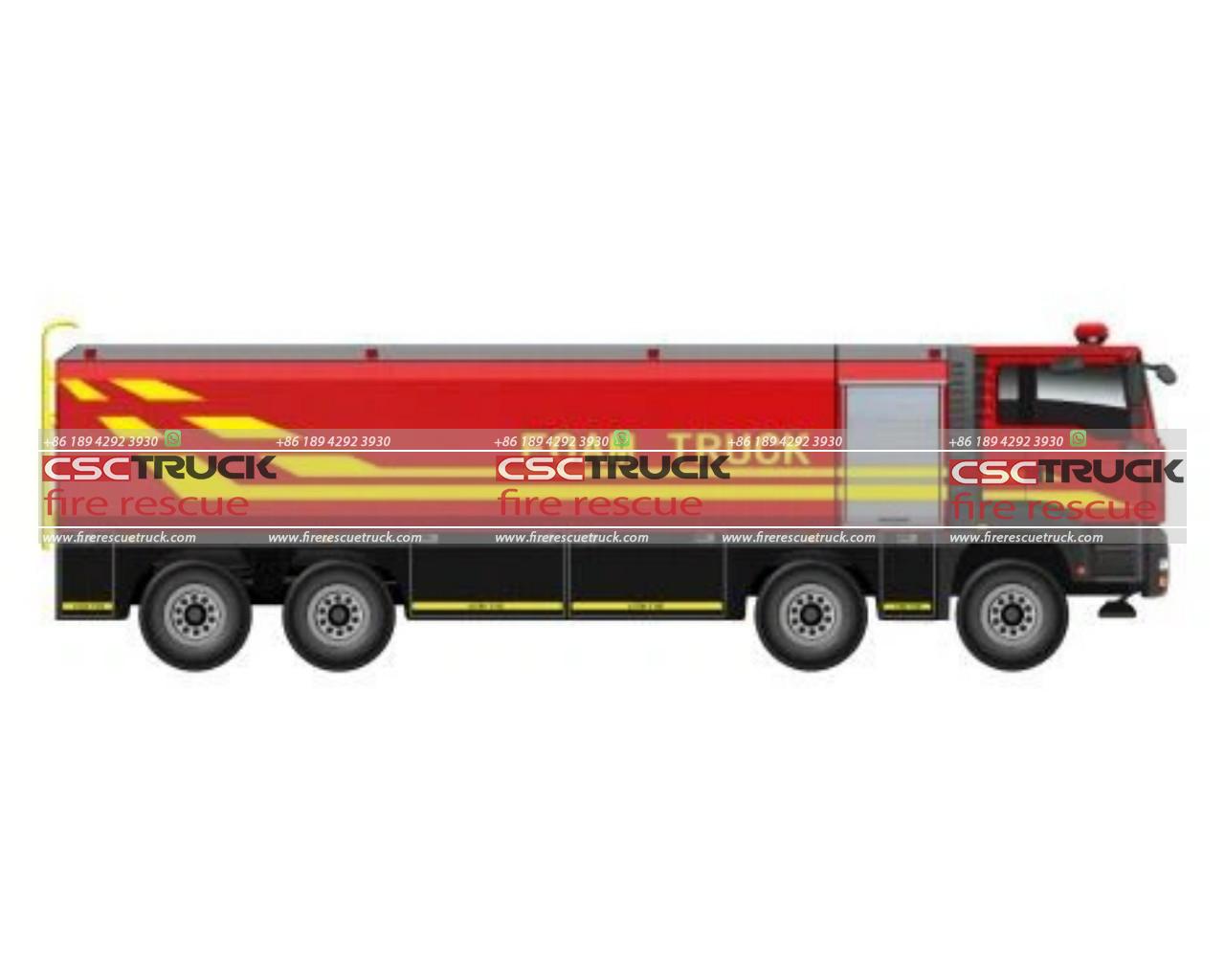Fires can be devastating, causing extensive damage and posing significant risks to life and property. Firefighters around the world work tirelessly to control and extinguish fires, using various techniques and equipment to combat these dangerous situations. One essential tool in their arsenal is the foam transfer fire truck, a specialized vehicle designed to assist in fire suppression efforts. In this article, we will explore how a foam transfer fire truck operates and how it aids firefighters in controlling and extinguishing fires.
A foam transfer fire truck, also known as a foam pumper or foam tender, is a heavy-duty firefighting vehicle equipped with advanced foam systems. These trucks are typically larger than traditional fire engines and carry a substantial amount of foam concentrate. Foam concentrate is a mixture of water and a specialized foam agent, which, when combined, forms a foam blanket that can smother and suppress fires effectively.
One of the primary advantages of a foam transfer fire truck is its ability to deliver large volumes of foam quickly and efficiently. The truck is equipped with a powerful pump and a series of discharge outlets that can direct the foam in various ways. The foam can be applied directly onto the fire using hand-held nozzles or can be discharged through large monitors mounted on top of the truck. These monitors can project foam over long distances, allowing firefighters to attack the fire from a safe distance.
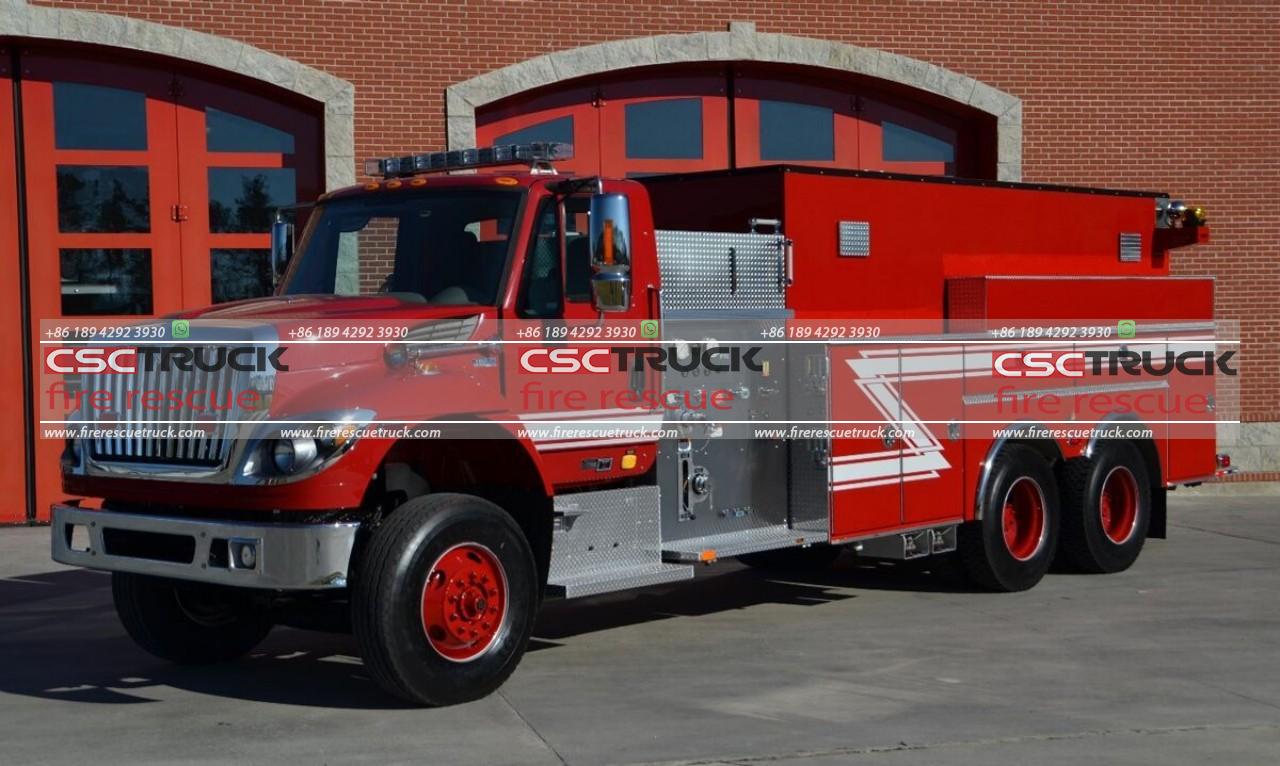
Foam is particularly effective in combating flammable liquid fires, such as gasoline, oil, or chemical spills. When applied to these types of fires, foam forms a thick blanket that seals off the fuel source from oxygen, preventing the fire from spreading and reigniting. The foam also acts as a cooling agent, reducing the temperature of the fuel and surrounding areas, further aiding in fire suppression.
Another vital feature of foam transfer fire trucks is their ability to mix foam concentrate with water at the desired concentration. These vehicles are equipped with specialized proportioning systems that accurately mix the foaming agent with water, ensuring the foam produced is of the correct consistency and effectiveness. The proportioning system also allows firefighters to adjust the foam concentration depending on the specific fire situation they are facing.
Foam transfer fire trucks are not only limited to combating flammable liquid fires. They are also effective in fighting other types of fires, including structure fires. When applied to a structure fire, the foam helps to reduce smoke and toxic gases, improving visibility and providing a safer environment for firefighters to operate in. Additionally, the foam’s sticky properties enable it to cling to vertical surfaces, enhancing its ability to coat and extinguish flames.
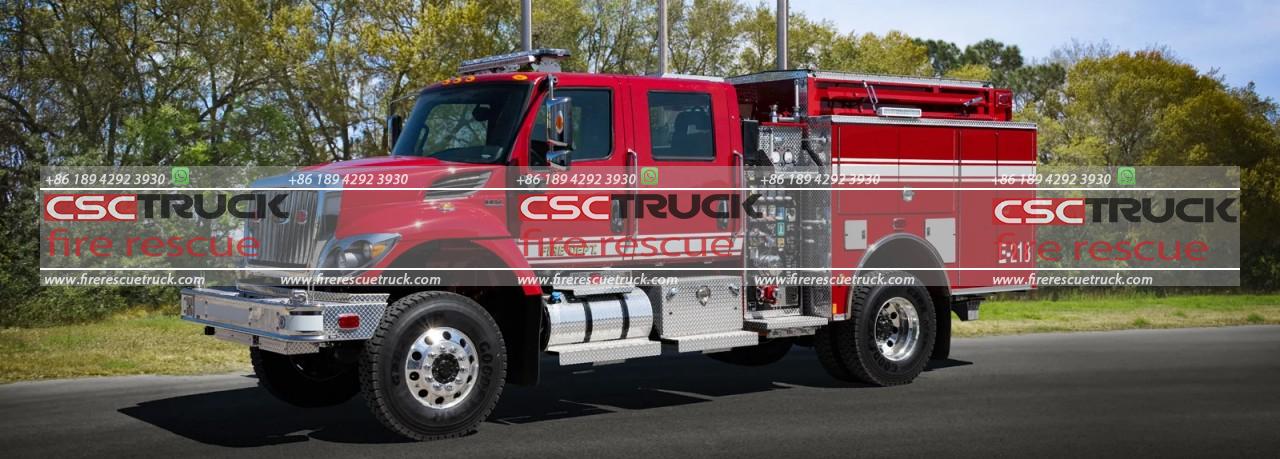
The foam transfer fire truck‘s role extends beyond fire suppression. These vehicles are equipped with additional equipment and features that make them versatile in emergencies. They often carry an ample water supply, which can be used for primary fire suppression or to supplement the foam system if needed. Foam transfer fire trucks may also have powerful lighting systems, hydraulic tools, and rescue equipment, allowing them to assist in other emergency operations, such as vehicle extrication or search and rescue missions.
To ensure the effectiveness of foam transfer fire trucks, proper training is essential. Firefighters undergo specialized training to learn how to operate and utilize the foam systems effectively. They learn about the different types of foam agents, their applications, and the specific techniques for deploying foam in various fire scenarios. Regular training and drills are conducted to keep firefighters proficient in using foam transfer fire trucks and to ensure their readiness to respond to emergencies.
When responding to a fire incident, firefighters assess the situation and determine the appropriate application of foam. Depending on the nature of the fire, they may choose to use either a direct or an indirect foam application method. In direct application, firefighters use handheld nozzles to apply the foam directly onto the flames, targeting the base of the fire. This method is effective for small, localized fires or when precise targeting is required.
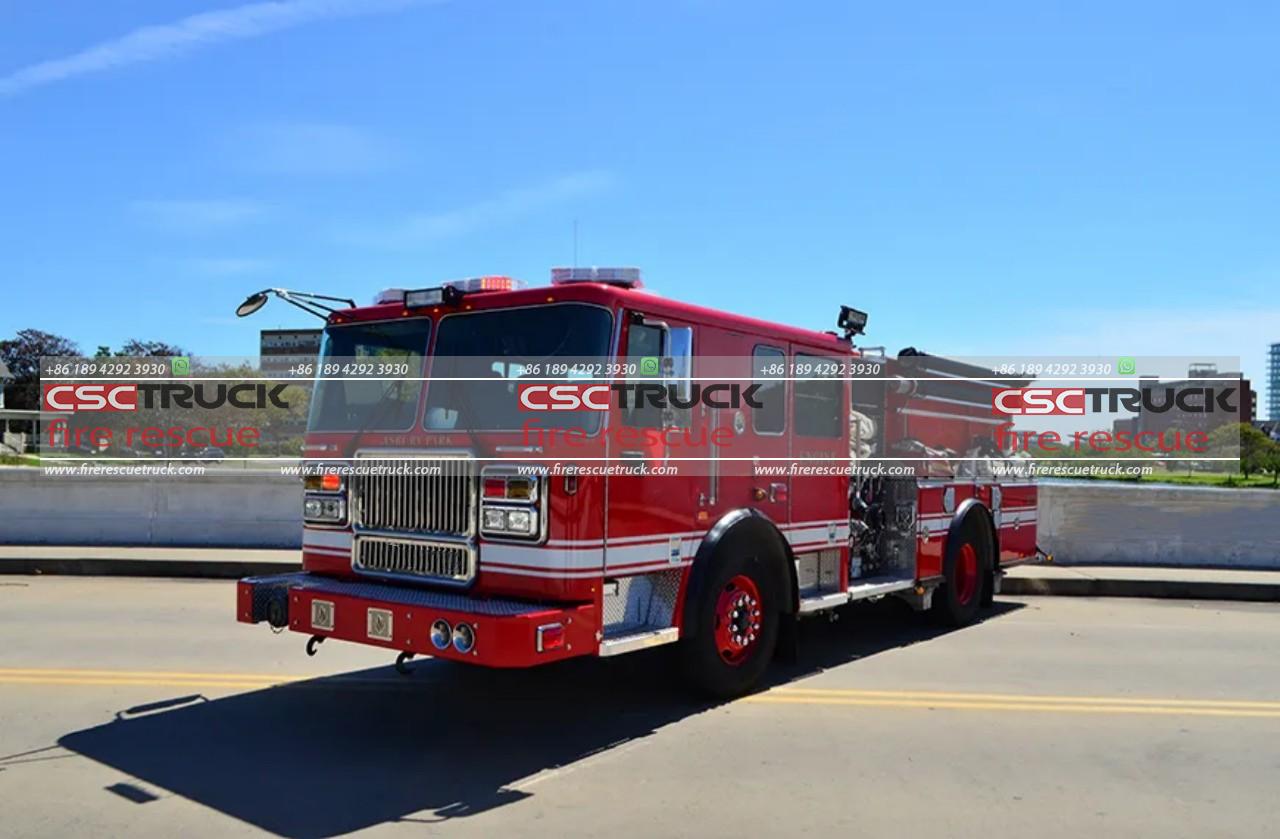
For larger fires or situations where a greater reach is needed, firefighters can utilize the large monitors mounted on top of the foam transfer fire truck. These monitors can project foam over long distances, allowing firefighters to attack the fire from a safe distance and cover a larger area quickly. The ability to reach elevated areas or inaccessible parts of a fire scene is a significant advantage of foam transfer fire trucks.
The foam produced by these vehicles is carefully mixed using proportioning systems to achieve the desired concentration. The proportioning system ensures that the correct ratio of foam concentrate to water is maintained, optimizing the effectiveness of the foam in extinguishing the fire. Firefighters can adjust the foam concentration as needed, depending on the fire scenario, ensuring that they have the right tool to combat the specific fire hazards they encounter.
Apart from its fire suppression capabilities, foam also offers additional benefits during firefighting operations. For instance, foam can create a vapor suppression barrier, reducing the risk of explosions or flashovers in environments where flammable vapors may be present. The foam’s cooling properties help lower the temperature of both the fire and its surroundings, aiding in heat reduction and preventing the fire from re-igniting.
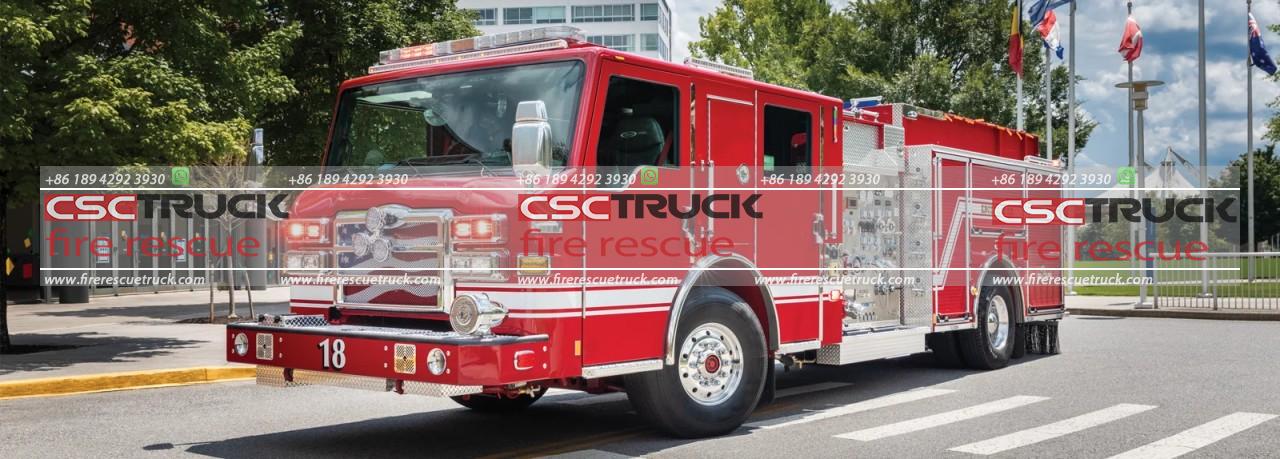
Foam transfer fire trucks are also valuable in situations involving hazardous materials or chemical spills. The foam can create a protective barrier, preventing the hazardous substances from spreading and minimizing the risk of contamination. By encapsulating the spilled material, foam transfer fire trucks contribute to environmental protection and the safety of both responders and the public.
Moreover, foam transfer fire trucks are equipped with substantial water tanks that can supplement the foam system or be used independently for firefighting purposes. This versatility allows firefighters to adapt to various scenarios and ensure an adequate water supply for extinguishing fires. The combination of foam and water resources significantly enhances the firefighting capabilities of these specialized vehicles.
In conclusion, foam transfer fire trucks are indispensable assets in firefighting operations. Their ability to deliver large volumes of foam, mixed to the desired concentration, provides firefighters with an effective tool for suppressing fires. Whether it’s a flammable liquid fire, a structure fire, or a hazardous material incident, foam transfer fire trucks offer versatility and enhanced fire control. The specialized foam systems, coupled with additional features and equipment, make these vehicles vital in protecting lives, property, and the environment during fire emergencies. By utilizing foam’s unique properties, firefighters can combat fires more efficiently and safely, minimizing the damage caused by these destructive events.
